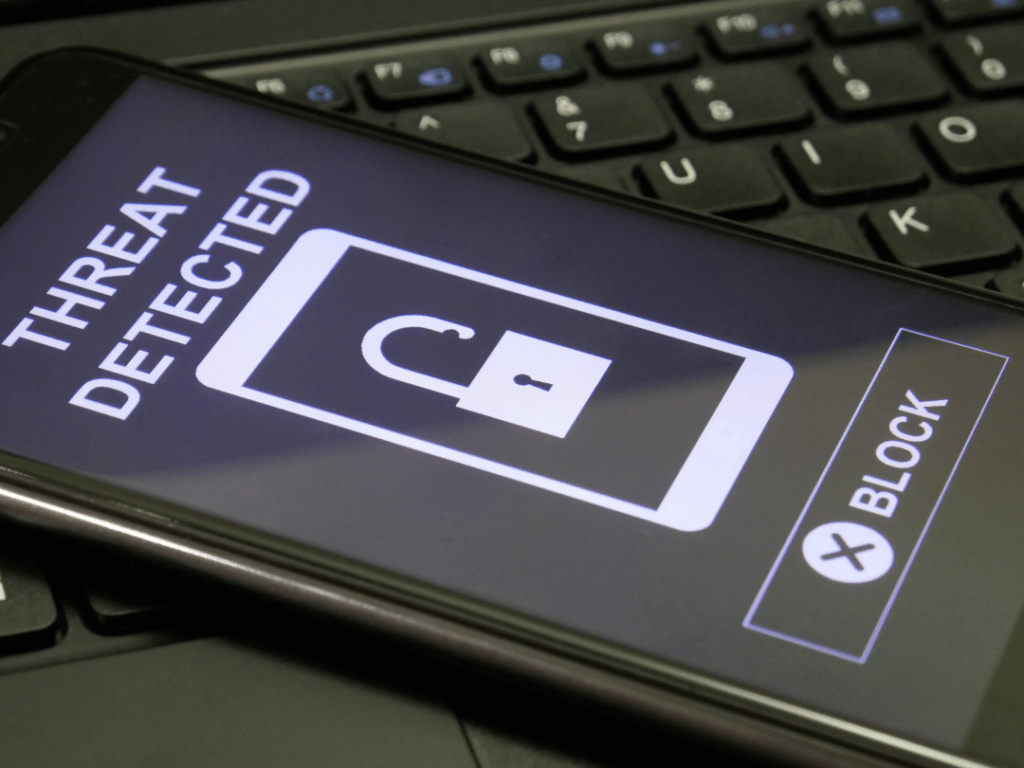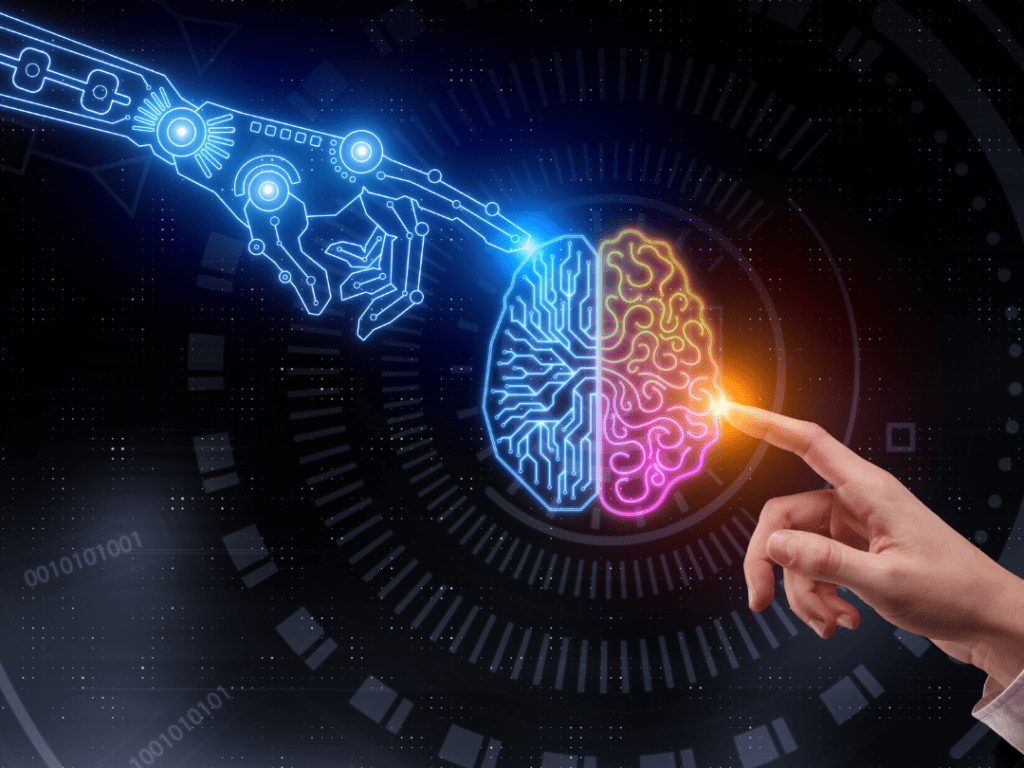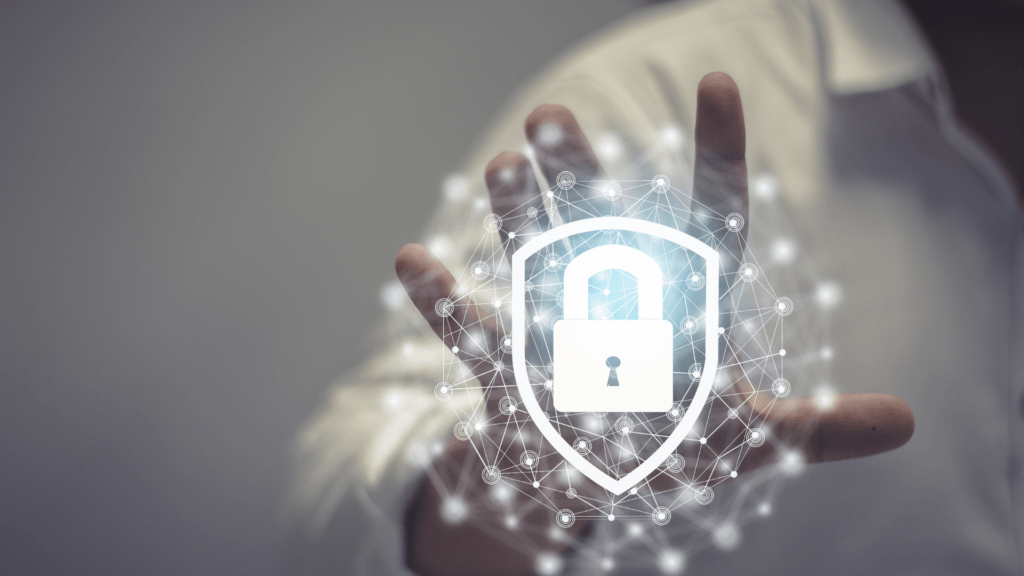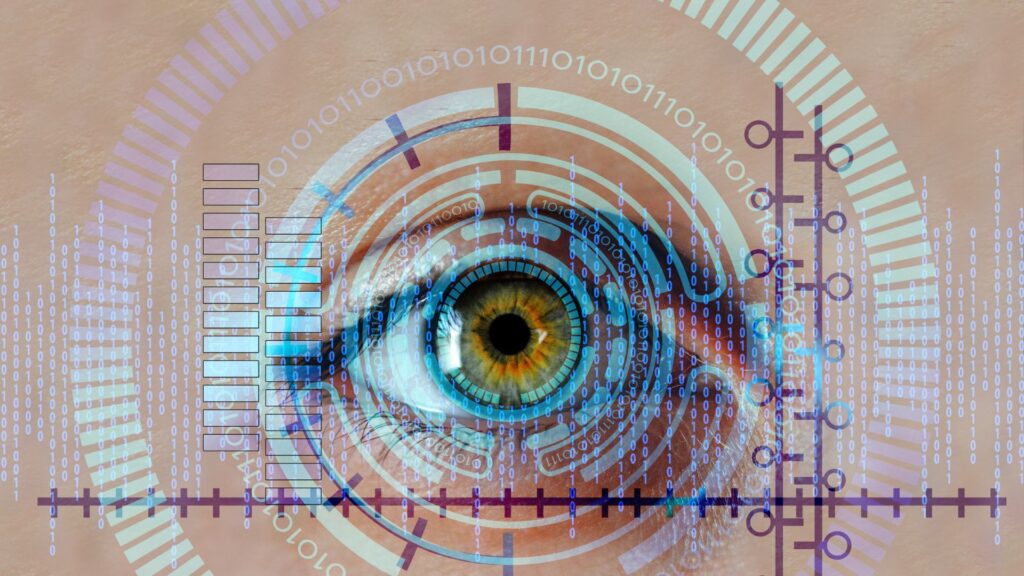The current discussions surrounding the topic of cybersecurity currently offer the following approaches, a few of which we would like to discuss in more detail:
Zero Trust

An approach in which every user and every device is seen as a potential threat. It is assumed that there is no trustworthiness until it is proven. This approach requires end-to-end monitoring and authentication of users and devices.
Click here to go to the article “Zero Trust: A paradigm shift in network security”.
Skillplan has set itself the task of supporting this approach cost-effectively and effectively. Among other things, we have developed the SPSA Skillplan Secure Access product, which incorporates many findings from Zero Trust implementation projects.
Incident Response

An important aspect of cybersecurity that ensures companies can respond quickly to security incidents. Incident response plans include the identification of threats, the containment of damage and the recovery of systems and data.
Monitoring & use of artificial intelligence (AI)

Is increasingly used to detect and combat threats. AI can analyze large amounts of data and identify patterns that indicate a threat. It can also react automatically to threats to enable faster response times. This requires a centralized evaluation of various log files and security events with the help of a SIEM solution. The establishment of an internal SOC or the involvement of a specialized service provider SOC is of central importance for effective evaluation and prompt action.
Cloud security

A key aspect of cybersecurity as more and more companies use cloud-based services. Cloud security solutions include encryption, access control and monitoring of data and applications in the cloud or in multi-cloud environments and SaaS solutions. Standardization of security mechanisms and end-to-end identity management are key factors in the successful implementation of security measures.
DevSecOps

An approach in which security is integrated into the application development process. This approach enables security problems to be identified and rectified at an early stage before they become a major problem. Furthermore, software BOMs are becoming more and more important in the face of increased supply chain attacks.
Biometric authentication

Is increasingly used to increase the security of user accounts. Biometric data such as fingerprints, facial recognition and iris scans are used to authenticate users and prevent unauthorized access. The most important trend here is the introduction of authentication devices according to the FIDO standard.
